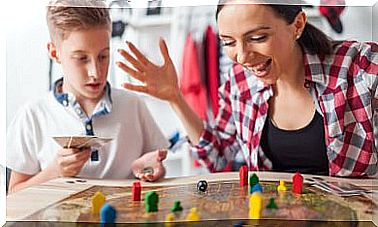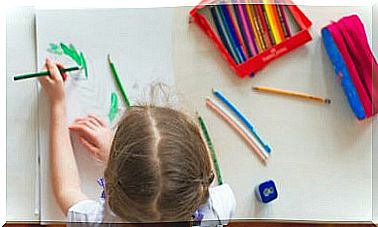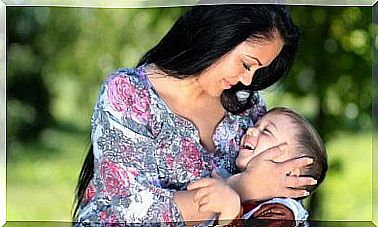Is Osmosis Learning Possible?
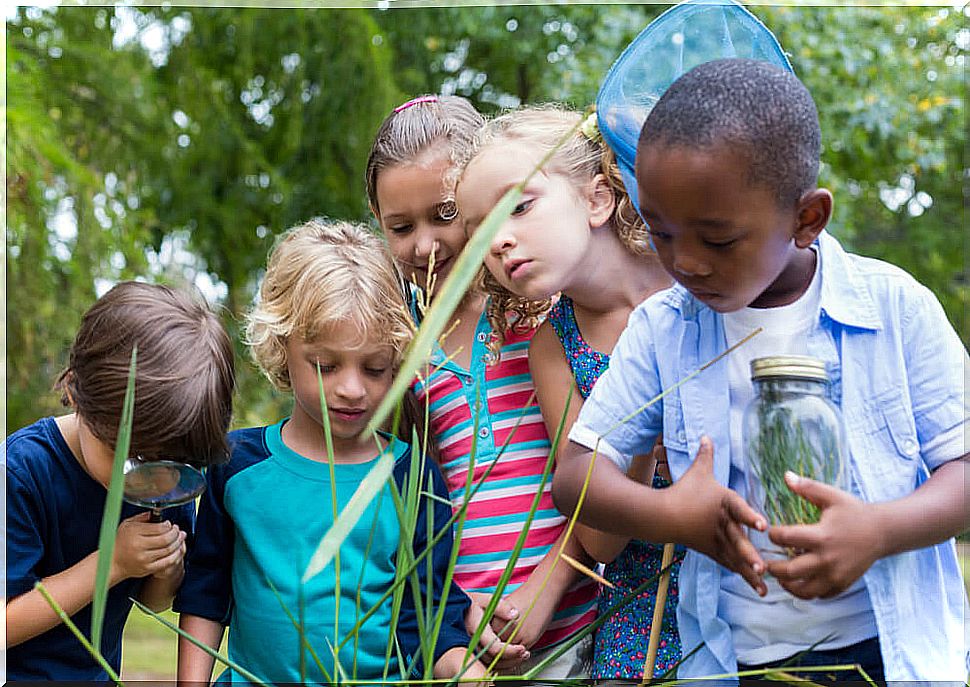
There are so many ways to learn, both inside and outside of school. All forms of learning are valid depending on the educational objectives that are intended to be achieved and considering the educational level, characteristics and needs of the learner. However, there are ways of learning that are perhaps less well known, but no less effective and necessary for that. We refer to osmosis learning, learning that occurs naturally and shared with others.
Can it be learned by osmosis?
Many of you have heard, ironically and as if this were not possible, of osmosis learning. Well, this is possible. Osmosis means the diffusion that takes place between two liquids or gases capable of mixing through a semi-permeable membrane. Or, in other words, the reciprocal influence between two elements that are in contact. Thus, an osmosis learning would be a learning based on the reciprocal influence between two individuals.
Thus, osmosis learning is a form of learning based on observation and imitation of the behaviors and skills of other people, and that occurs naturally, in various contexts, everyday and school, and not always in a way aware.

Osmosis learning: learning from the environment and from others
If osmosis learning is based on contact with others, then it is everyday learning based on practice and experience. This means that it is about learning about the environment and the way people behave within it. Environment in which we learn codes and beliefs, behaviors and knowledge, ways of relating and speaking.
Then, depending on the characteristics of the environment, we learn one thing or another, since there are more stimulating environments and with interesting people or other more hostile ones. And environments in which we even feel that we do not fit in. Well, of all these environments, even the most insignificant, both consciously and unconsciously, we will always learn something new.
Therefore, in a concrete environment, we learn skills and behaviors, and we increase our knowledge. But also, sometimes, we unlearn, mainly, beliefs and attitudes. That is, in the diversity of environments and in contact with others we learn both good and bad things that help us to configure ourselves as people.
Main characteristics of an osmosis learning
As main characteristics of learning by osmosis we highlight:
- It occurs in very diverse contexts and through contact and exchange with others.
- It is a learning based on observing the behaviors of other people (parents, educators, friends, characters on television or social networks).
- It leads to imitation and repetition, or rejection, as a way of internalizing new knowledge (values, behaviors, gestures, codes, ways of speaking).
- It is learning that occurs naturally. And, although it is also possible in formal educational contexts, it occurs informally and not always consciously.
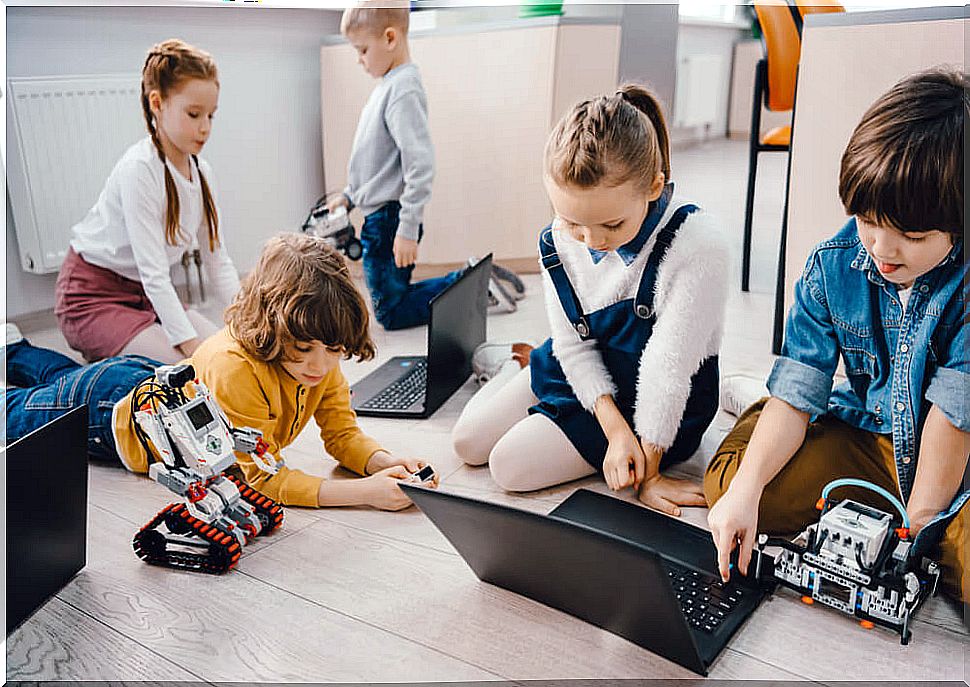
The importance of the environment and the adult figure in osmosis learning
Like any other form of learning, osmosis learning complements and must be complemented by other types of learning. As it is learning closely related to the environment, favorable environments are therefore important for meaningful learning to take place.
For which, if we refer to the education of children and adolescents, the figure of parents and educators is essential to create favorable environments, in addition, because it is adults who must guide, accompany and orient children and students in the interpretation and reinterpretation of the environments in which they develop.
To end…
We must say that osmosis learning is a form of learning that is unavoidable, that occurs in every situation and context, and in each person’s experiential moment. It is about constant, everyday learning and, if it occurs in positive and stimulating environments and with extraordinary people, it can be transformative.

